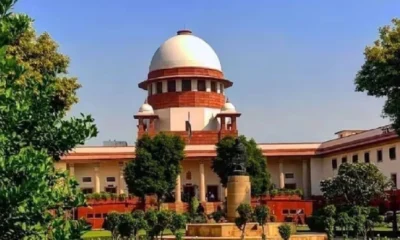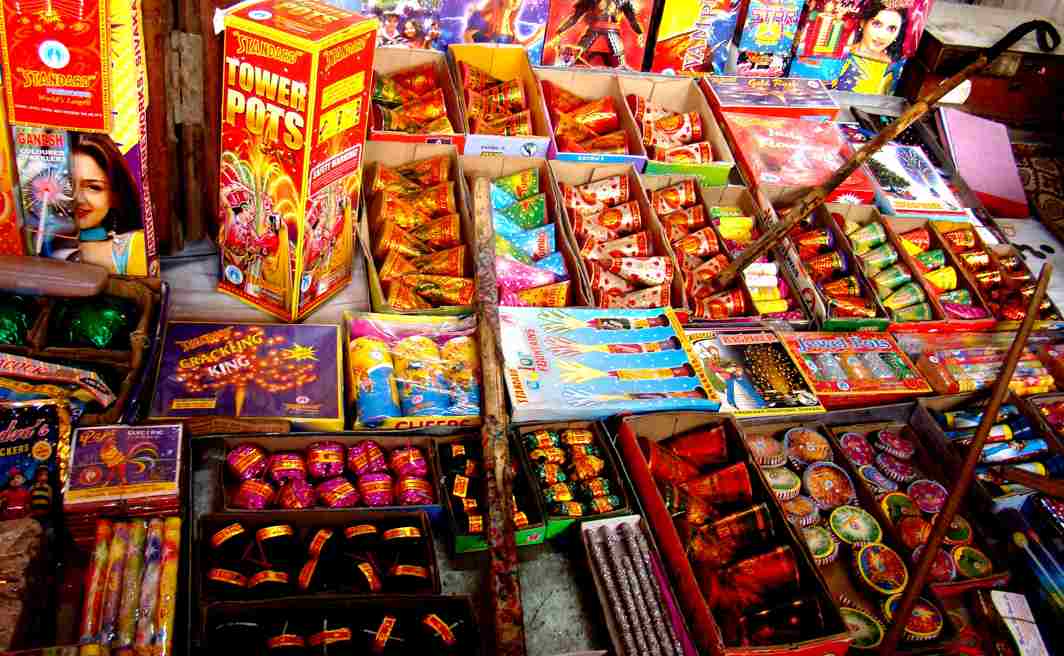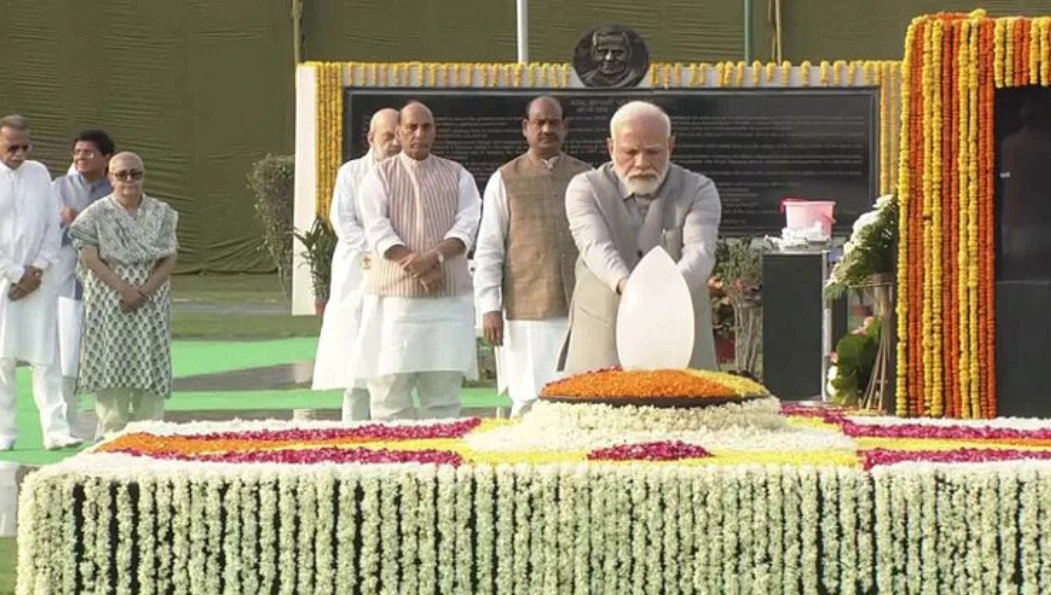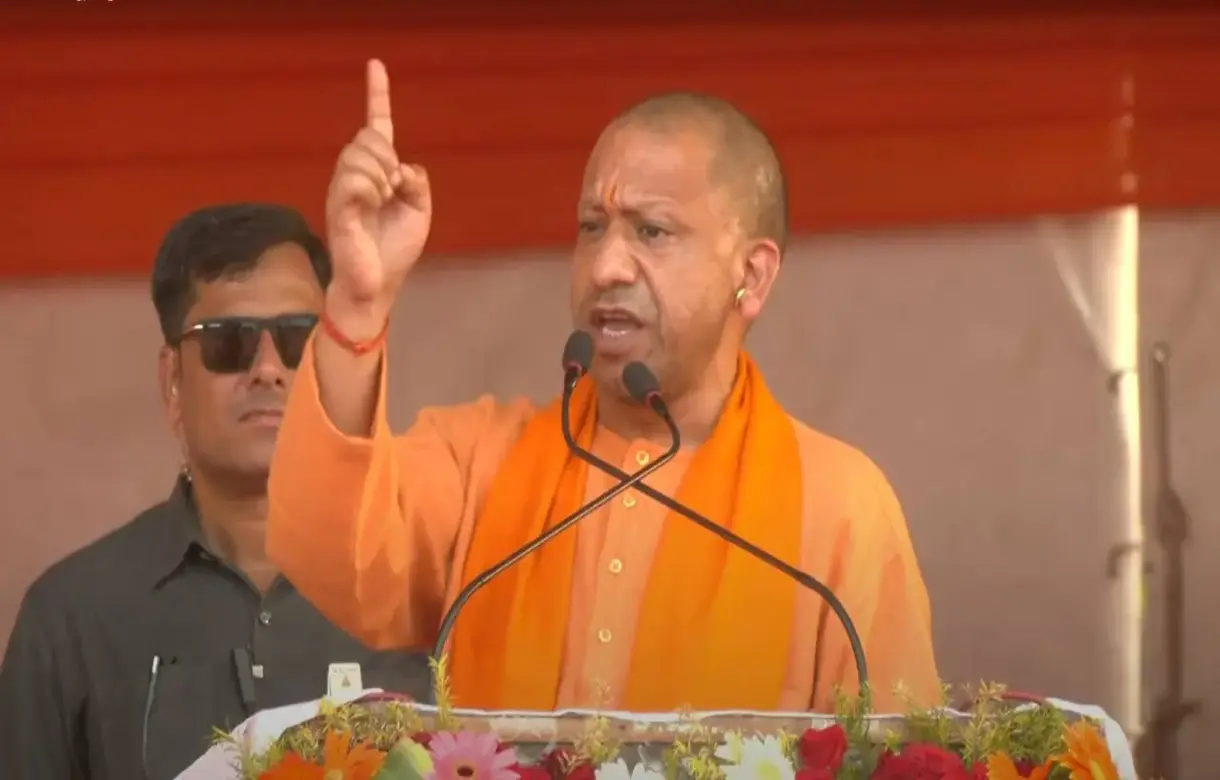When it was launched in 2009, the pitch behind Aadhaar was that the ID would increase efficiency, reduce leakages and make life easier for India’s vulnerable citizens. The Union government’s ministers boasted that Aadhaar was an instrument of ‘inclusion’.
In reality, it has produced many stories of exclusion and suffering and been behind deaths of scores due to hunger, caused by deprivation of rights due to lack of Aadhaar linkage.
In a signal failure of government, despite Right to Food, MNREGA, public distribution system in place – all to prevent people from starving and ensure their fundamental Right to Life – the country saw as many as 56 deaths due to hunger over the last four years. The highest number of deaths has been in 2018.
Of these 42 hunger deaths took place in 2017-18 itself, according to data compiled by prepared by Right to Food activists Reetika Khera and Siraj Dutta, with contributions from Swati Narayan and the right to food (RTF) campaign in Odisha, Jharkhand, West Bengal and Delhi.
More seriously and significantly, at least 25 out of these 42 hunger deaths in 2017-2018 were related to Aadhaar: ‘significant’ because yesterday, September 26, the Supreme Court upheld the constitutional validity of the Aadhaar and Indian government using it as the primary proof of identity for citizens to access essential services.
Finance Minister Arun Jaitley and Law Minister Ravi Shankar Prasad termed it a ‘historic judgement’ that would bolster good governance, and the delivery of services to the poorer sections of society.
Facts belie the government claims.
|
Number of reported hunger deaths |
Aadhaar-related deaths |
Aadhaar in PDS/pension? |
| 2015 |
7 |
0 |
No |
| 2016 |
7 |
2 |
Some states |
| 2017 |
14 |
11 |
Yes |
| 2018 |
28 |
14 |
Yes |
“By hunger death we mean that the victim died after prolonged hunger because there was no food or money in the house, and that, quite likely, he or she would have survived otherwise,” the RTF activists said.
They say the reported hunger deaths over the past few years is the tip of the iceberg. “This is a partial list, based on Google searches in the English and Hindi media,” they clarified, releasing their data. (See it here)
The RTF campaign said while starvation deaths continue apace, instead of taking corrective measures, state government and local administration expend their energy in denying starvation as the cause of these deaths.
“For every person who has died, hundreds other languish with hunger and under-nutrition. Instead of expanding people’s legal entitlements to social support, the last few years have seen a brutal attack on people’s right to food, work, employment, natural resources, education etc,” said the RTF secretariat in a statement.
News reports of “starvation deaths” have been coming in a steady trickle over the past few years. One particularly tragic episode was that of eleven-year old Santoshi Kumari in Jharkhand. She died one year ago, on 28 September, begging her mother for rice as she slipped into unconsciousness. It was later learnt that her family had lost their ration card because it had not been linked with Aadhaar: in mid-2017, the Jharkhand government mass-cancelled Aadhaar-less rations cards.
The hunger deaths are a telling reminder of the precarious living conditions of the Indian poor. Many of them depend critically on social security pensions and the public distribution system (PDS) for their survival. Denial of PDS rations or pensions accounts for most of the hunger deaths. Most of the victims are from disadvantaged groups, e.g. Dalits, Adivasis and Muslims.
Out of 42 hunger deaths in 2017 and 2018, a large majority (25) were related to Aadhaar. At least 18 of these deaths were directly due to Aadhaar.
Common reasons include losing one’s ration card or pension for lack of Aadhaar linking, and failure of Aadhaar-based biometric authentication (ABBA), which is compulsory – for practical purposes – in several states. Now this would be applied all across the country as Supreme Court has upheld the mandatory requirement of Aadhaar to avail benefits of government schemes.
Another 7 deaths were possibly related to Aadhaar. These are mainly cases where a person was denied PDS rations or a ration card for unspecified reasons, which are likely to be related to Aadhaar in some cases at least.
Reports of hunger deaths are particularly frequent in two states: Jharkhand and Uttar Pradesh (16 cases each). In Jharkhand, ABBA is effectively compulsory in most ration shops. Uttar Pradesh has implemented the National Food Security Act in a belated and haphazard manner, said the RTF activists.
Two of the most recent deaths happened just weeks ago. Five-year-old Govinda, and two-year-old Aishwarya, from Buxar in Bihar, died on 31 August and 1 September, respectively. The two children belonged to the most backward ‘maha-Dalit’ community. Their father had been jailed, allegedly for participating in a violent protest, and the family had no access to rations for eight months, because they could not link their ration card to Aadhaar, explained the children’s mother, Dhana Devi.
Initially, the family survived with the help of neighbours and friends, but this support waned over time, and slowly, the two children succumbed to starvation.
In fact, the list of starvation deaths that Khera and Dutta shared includes 10 children, mostly around three-six years old, reported The Wire. The oldest child in the list is 11 and the youngest two.
In Karnataka, three Dalit brothers Narayan (55), Subbu (52) and Venkatrama (46) died on July 2, 8 and 12 respectively. They were reportedly denied ration for six months preceding their death as their ration card was deleted as it was not linked to Aadhaar.


 India News11 hours ago
India News11 hours ago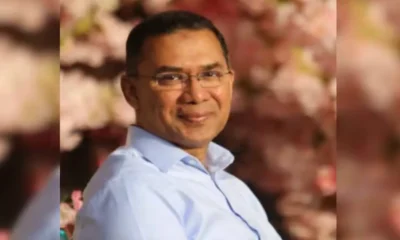
 Latest world news6 hours ago
Latest world news6 hours ago
 India News11 hours ago
India News11 hours ago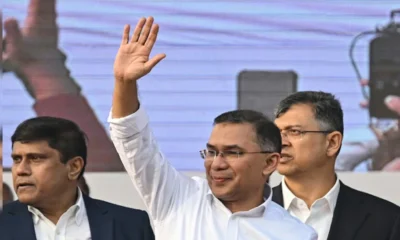
 Latest world news3 hours ago
Latest world news3 hours ago
 India News11 hours ago
India News11 hours ago
 India News11 hours ago
India News11 hours ago
